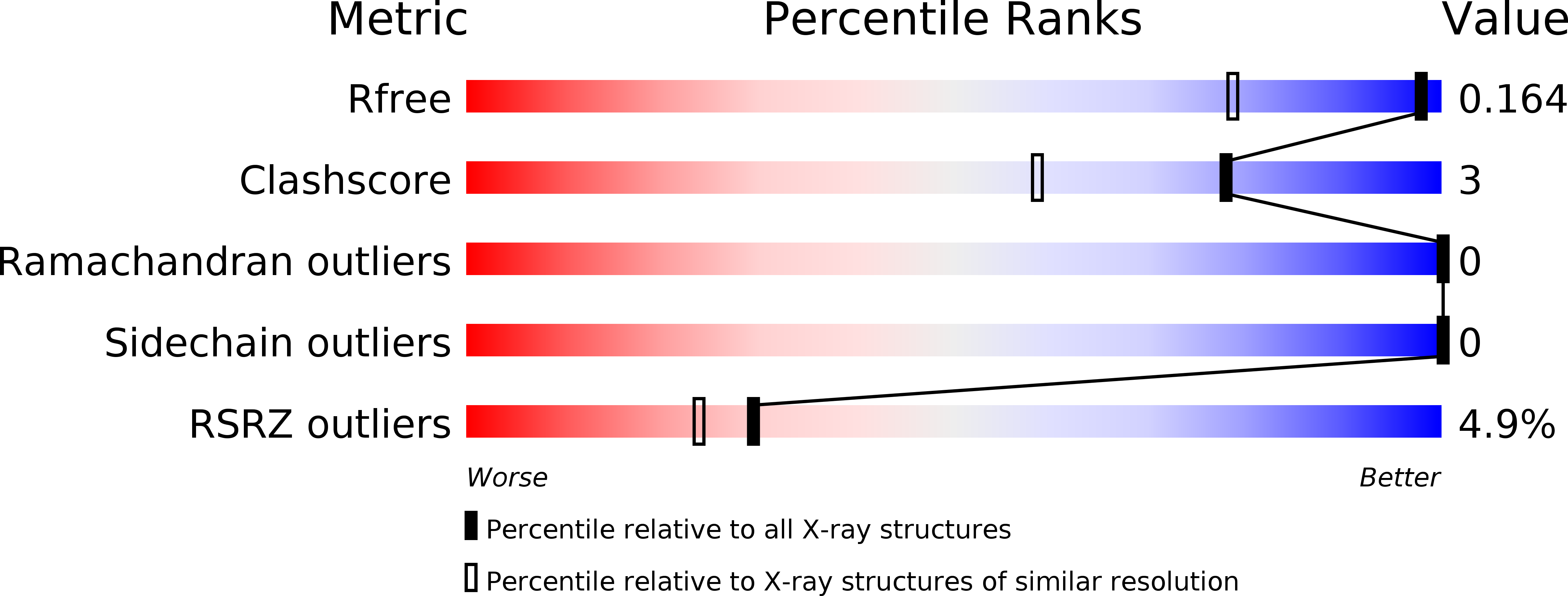
Deposition Date
2017-12-18
Release Date
2018-05-16
Last Version Date
2024-11-06
Entry Detail
PDB ID:
6FAU
Keywords:
Title:
Crystal structure of C-terminal modified Tau peptide-hybrid 4.2e-I with 14-3-3sigma
Biological Source:
Source Organism:
Homo sapiens (Taxon ID: 9606)
Host Organism:
Method Details:
Experimental Method:
Resolution:
1.25 Å
R-Value Free:
0.16
R-Value Work:
0.14
R-Value Observed:
0.14
Space Group:
P 21 21 21


